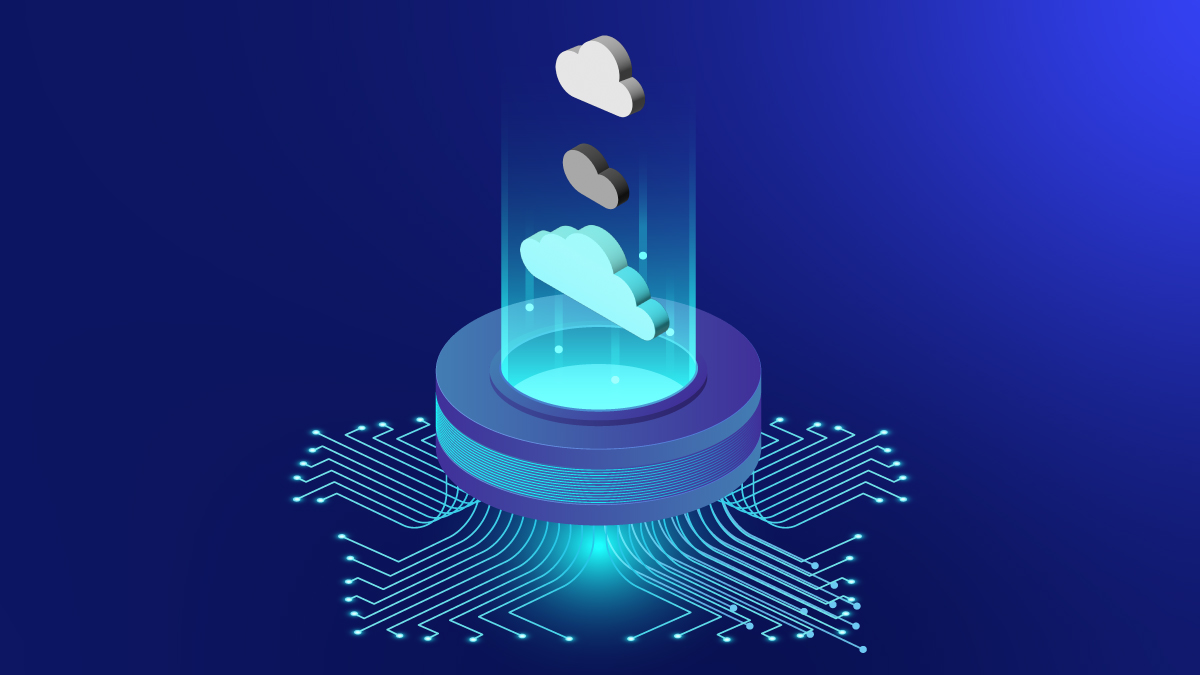
Introduction
In an era where data is king and technology reigns supreme, the public safety sector is not exempt from the digital revolution. As Public Safety Answering Points (PSAPs) strive to modernize their operations, many are turning to cloud technologies for solutions. However, not all cloud technologies are created equal, especially when it comes to ensuring public safety. I was privileged to speak at a Carbyne webinar recently on exactly these topics. Other speakers joining me were:
- D.T. Donaldson – Director, MACC 911 (Washington State)
- Karl Fasold – Exec Dir, Orleans Parish Communications District (Louisiana)
- John Matuszek – Lead Product Marketing Manager, AT&T
- John Persano – Sr. Business Development Manager, Amazon Web Services
- Doug Gartner – Principal Solutions Architect, Amazon Web Services
- Karima Holmes (HOST) – VP of Public Safety, Carbyne
In this article, I’ll share the top-5 takeaways for anyone considering a cloud migration.
- Understanding the Landscape: Data Centers vs. Cloud Hosted vs. Cloud Native
Cloud-hosted or cloud-deployed solutions are those that are run on servers owned and operated by a third-party provider such as AWS, Azure, or GCP. While these applications are hosted and maintained by the provider’s infrastructure, their design and architecture often resemble traditional on-premises applications. Typically, cloud-hosted applications are monolithic (single-purpose) or have a multi-tiered structure. This means they may not fully capitalize on cloud computing’s advantages, such as automated scaling, increased reliability, and distributed architectures.
Cloud-native is a way of creating and running applications that are specifically designed to leverage the perks and offerings of cloud computing. These applications are built from scratch to be highly scalable, resilient, and distributed across multiple nodes or containers.
- Defining Cloud Computing
At its core, cloud computing refers to the delivery of computing services—including servers, storage, databases, networking, software, analytics, services, and more—over the internet (“the cloud”). This model offers on-demand access to shared computing resources, enabling organizations to scale and innovate without investing in costly infrastructure.
- Benefits of Cloud Technology for PSAPs
Scalability: Cloud technology enables PSAPs to scale resources up or down based on demand, ensuring they can handle peak call volumes during emergencies.
Cost Efficiency: By eliminating the need for upfront infrastructure investments, cloud solutions offer a cost-effective alternative, allowing PSAPs to pay only for the resources they use.
Remote Access: Cloud-based systems facilitate remote access, enabling PSAP personnel to respond to emergencies from anywhere with an internet connection.
Enhanced Security: Leading cloud providers invest heavily in security measures, often surpassing what individual organizations can achieve, ensuring sensitive data remains protected.
Integrations with Other Systems: Cloud platforms offer seamless integrations with a myriad of third-party applications, enhancing interoperability and efficiency within PSAP operations.
- Risks of Cloud Technologies for PSAPs
Data Security: Entrusting sensitive data to third-party cloud providers raises concerns about data breaches and unauthorized access, necessitating robust security measures and stringent compliance standards.
Service Adaptability: PSAPs must ensure that cloud services can adapt to their unique operational requirements and regulatory obligations, avoiding potential disruptions or limitations.
Compliance: Compliance with industry regulations and standards, such as CJIS (Criminal Justice Information Services) Security Policy, poses a significant challenge in the cloud environment, requiring diligent adherence and oversight.
Data Portability: PSAPs must retain the ability to access and migrate their data seamlessly between cloud providers or back to on-premises infrastructure, safeguarding against vendor lock-in.
Vendor Lock-In: Dependence on a single cloud provider may limit flexibility and negotiating power, necessitating careful consideration of vendor contracts and exit strategies.
- Approaching Cloud Migration Responsibly
Evolution, Not Revolution: Embrace a gradual approach to cloud migration, focusing on incremental improvements and evolutionary changes rather than attempting a complete overhaul overnight.
Protecting Your CPE Investment: Ensure that investments in Call Processing Equipment (CPE) are safeguarded during the migration process, leveraging hybrid cloud solutions or phased migration strategies to minimize disruptions and maximize ROI.
Full Cloud NG911 Call Handling Moving from CAPEX to OPEX: Transitioning to cloud-native NG911 call handling offers the opportunity to shift from capital expenditures (CAPEX) to operational expenditures (OPEX), providing greater financial flexibility and scalability.
Making a Punch List of Key Items to Be Addressed: Develop a comprehensive punch list of key items to address during cloud migration, including data governance, security protocols, compliance requirements, vendor evaluations, migration strategies, and contingency plans.
Conclusion
In conclusion, while cloud technologies offer myriad benefits for PSAPs, they also present unique challenges and risks that must be carefully navigated. By understanding the differences between various cloud models, embracing best practices for security and compliance, and approaching migration with careful planning and diligence, PSAPs can harness the power of the cloud to enhance public safety while mitigating potential risks effectively.